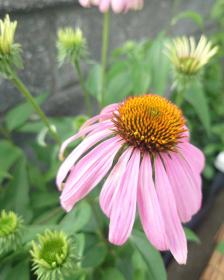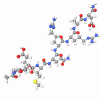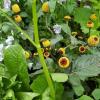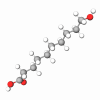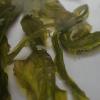Functions
Smoothing
Regeneration booster
Firming
Anti-aging
Hair conditioning
Skin conditioning
Nail care
CAS Number(s)
84696-11-7
EINECS number(s)
283-631-6
FDA UNII
D982V7VT3P
INCI name
Echinacea Angustifolia Root Extract
Plant
Historically, the juice of the Coneflower (Echinacea Angustifolia) root was used externally to bathe burns and make the intense heat of a sweat lodge more bearable.
Jugglers were said to have bathed their arms and hands in the plant's juice so that they could take a piece of meat from a boiling pot with their bare hands without experiencing pain. (There was no explanation why the Native Americans were juggling meat.)
The Cheyenne employed an infusion of the roots for sore throat, gums, and mouth. An infusion of the root and leaves was rubbed on a sore neck to relieve pain. Echinacea Angustifolia Root Extract was also used in a prescription for eczema. (Grinnell 1923).
Researchers A. Tubaro et al. (1987) studied the “anti-inflammatory activity of a polysaccharide fraction of E. angustifolia.” Polysaccharide fractions of roots were tested on mice with carrageenan-induced paw edema and croton oil-induced ear edema. When this polysaccharide derived from Echinacea Angustifolia root was applied topically, the paw edema was almost completely inhibited over an eight-hour period. Ear edema was also reduced.Synonyms
Echinacea Angustifolia Root
Coneflower Root Extract
